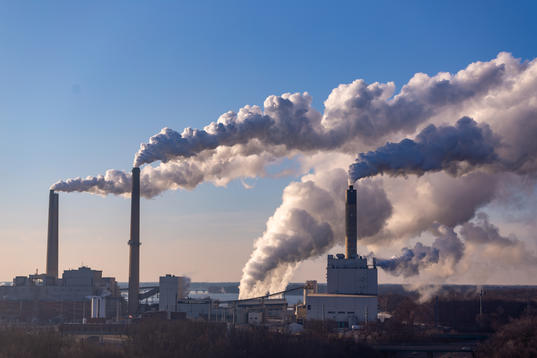During our recent webinar, we had the privilege of hearing from companies leading the charge in decarbonising the power industry and exploring its implications for the steel industry's transition away from fossil fuels.
The role of the renewables sector in aiding steel decarbonisation
The renewables sector represents one of the most engaged constituencies within SteelZero membership. We were joined by SteelZero members Ørsted and Siemens Gamesa who set out a compelling case for the renewables sector's critical role in the steel industry's transition.
As Mie Prehn-Nygaard from Ørsted made clear, decarbonisation of these two key sectors needs to go hand in hand. Steel accounts for 50% of the lifecycle emissions from a windfarm – and replacing coal will require enormous quantities of renewable electricity to power electric arc furnaces (EAFs) and produce green hydrogen. It was really encouraging to hear how companies from across the sector are collaborating to develop transparent standards and measurement frameworks – developments that are going to be absolutely crucial as we look to incorporate emissions considerations into licensing and procurement decisions.
Maximilian Schnippering from Siemens Gamesa spoke from a supplier’s perspective about how turbine makers are striving to enable end-to-end decarbonisation of their products and supply chains. With 90% of the mass of a wind turbine being steel, improving material efficiency through innovative design and production is essential.
Putting an end to coal use in steelmaking
For steelmakers, the renewables sector represents a huge market. The recent MOU signed by Ørsted and their supplier Dillinger is a powerful statement of how demand for lower emission steel can help drive the transition of the steel industry. Tobias Lehnert from Dillinger discussed Dillinger's journey to create new low-carbon primary steelmaking facilities. Their plans would see the first lower emission steel come off the production line in 2030 with Phase 2 due to be completed in 2045.
This final point is a critical one – for the sake of the planet, we need to put an end to the use of coal in steelmaking. At the same time, we need to preserve our ability to produce new steel from iron ore. The SteelZero commitment sets an interim target of meeting 50% of steel demand from lower emission steel by 2030 and achieving 100% by 2050. There are huge infrastructure and investment challenges that need to be overcome – and we need to find a way to enable a just transition.
Visit our homepage to find out more about our SteelZero work.
